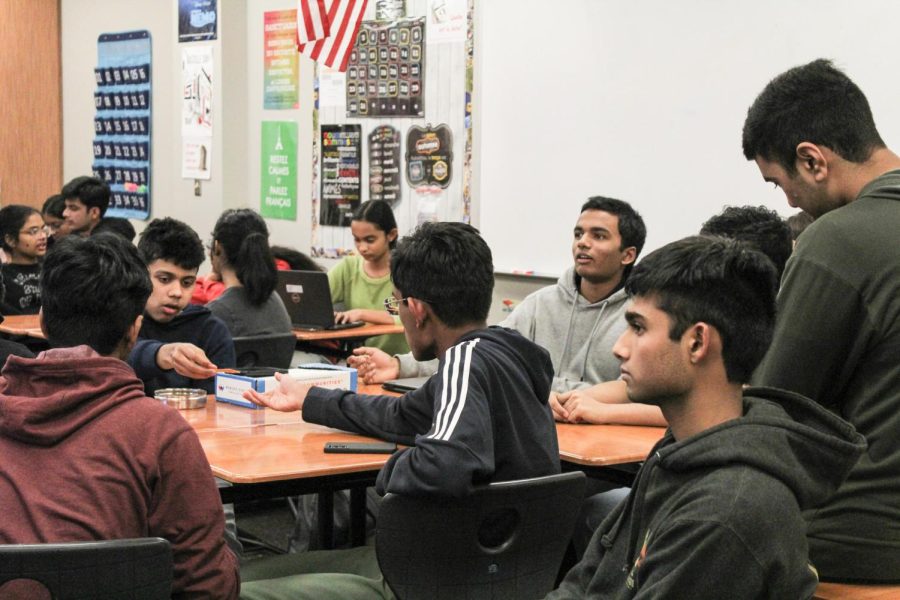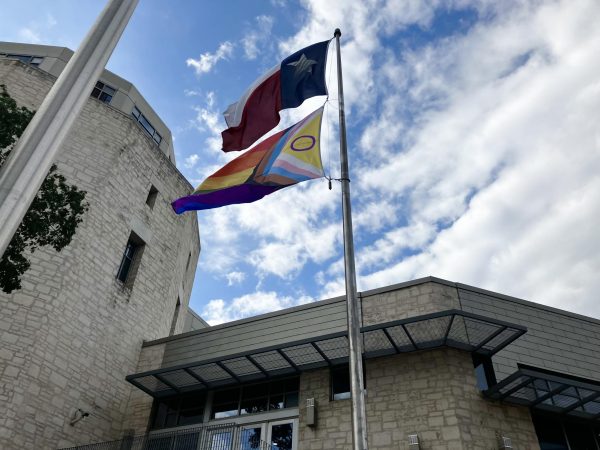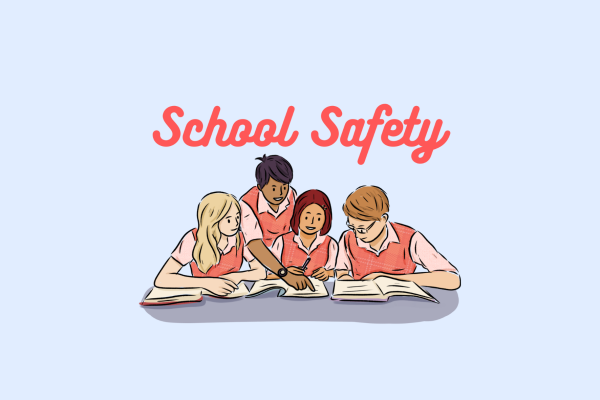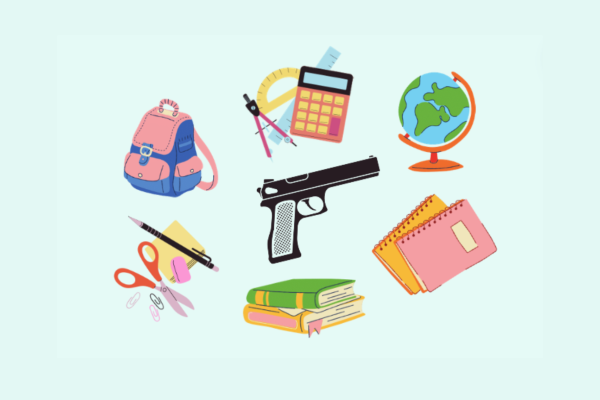The Effects of Teacher Shortages on Both Students and Staff Continue to Loom Large in the New Year
Students gather at a club meeting during the first semester. Even as COVID-19 seems to have eased its effects on classroom procedure, it continues to affect the school system, even at Westwood.
Through all the struggles of COVID-19, the effect on teachers has been among the most significant. Many teachers felt as if the pressure placed on them as their classes went online was a drastic change, as they had to adjust to interacting with students online, and teaching in front of a panel of black screens. Although most students went online, teachers were often required to go in-person to their school, causing many to fear how the virus could affect their loved ones. The constant stress that was associated with coming back to empty classrooms and the sudden adjustment to online learning led to many teachers leaving their jobs, leading to school districts experiencing historic staffing issues.
Two years after online learning, the start of a new year marks just as many changes as the year before. The 2021 school year primarily revolved around both students and staff getting back into in-person schooling, and a big part of that was adjusting the curriculum in order to ease students back into the routines and rigor of in-person learning. The adjusted curriculum only underwent more changes as shortages increased going into the next year, while many teachers were moved around in order to remedy remaining staffing shortages . Although presented as inconsequential, on-level English teachers began to teach TAG, Physics teachers moved into Pre-Calculus, and more teachers found themselves teaching a subject that they had not taught before. These unfamiliar situations placed a greater burden on the shoulders of teachers everywhere, including Westwood, but was often the only option to patch up departments.
It’s no secret that stress and anxiety have been arguably some of the most rampant issues for students since they’ve returned to classrooms in 2021. The uncertainty that comes with the influx of new teachers and shortages even added on to those mental concerns. To students, their teachers and coaches who had remained a constant for multiple years suddenly were replaced by unfamiliarity. The uncertainty that was brought upon some students led them to wonder how their school experiences would be different from before, and how drastic those changes would be.
The shortages of staff across the district is attributed by most to the unpredictable spikes of COVID-19, but even through these medical turmoils, the district has focused in on what it considers to be its most adequate response. Within the last school year RRISD presented its alternative certification program, which gave prospective employees the benefit of affordability in seeking out their teaching certification. In most cases, the reason teachers weren’t getting certified was the sheer cost of the process, but the district offered to cover those expenses, as long as the teachers ended up working for the district for a predetermined amount of time. Not only did this certify more teachers, but it granted the district a viable solution to their rapidly falling amount of teachers.
COVID-19 impacted both teachers and students in a way that went beyond just the aspects of online-learning. The rapid shortages of staff required the district to form a response and a solution, which impacted both the curriculum and the anxieties laid onto students in a year that involved them adjusting to being back at school. For all students and staff around the school, the issue of teacher shortages is just another part of adjusting into a post-COVID era.

Class of 2025
Hey! For a while now, I have been interested in photography and newswriting, which is why I think that being part of the Horizon and working...






